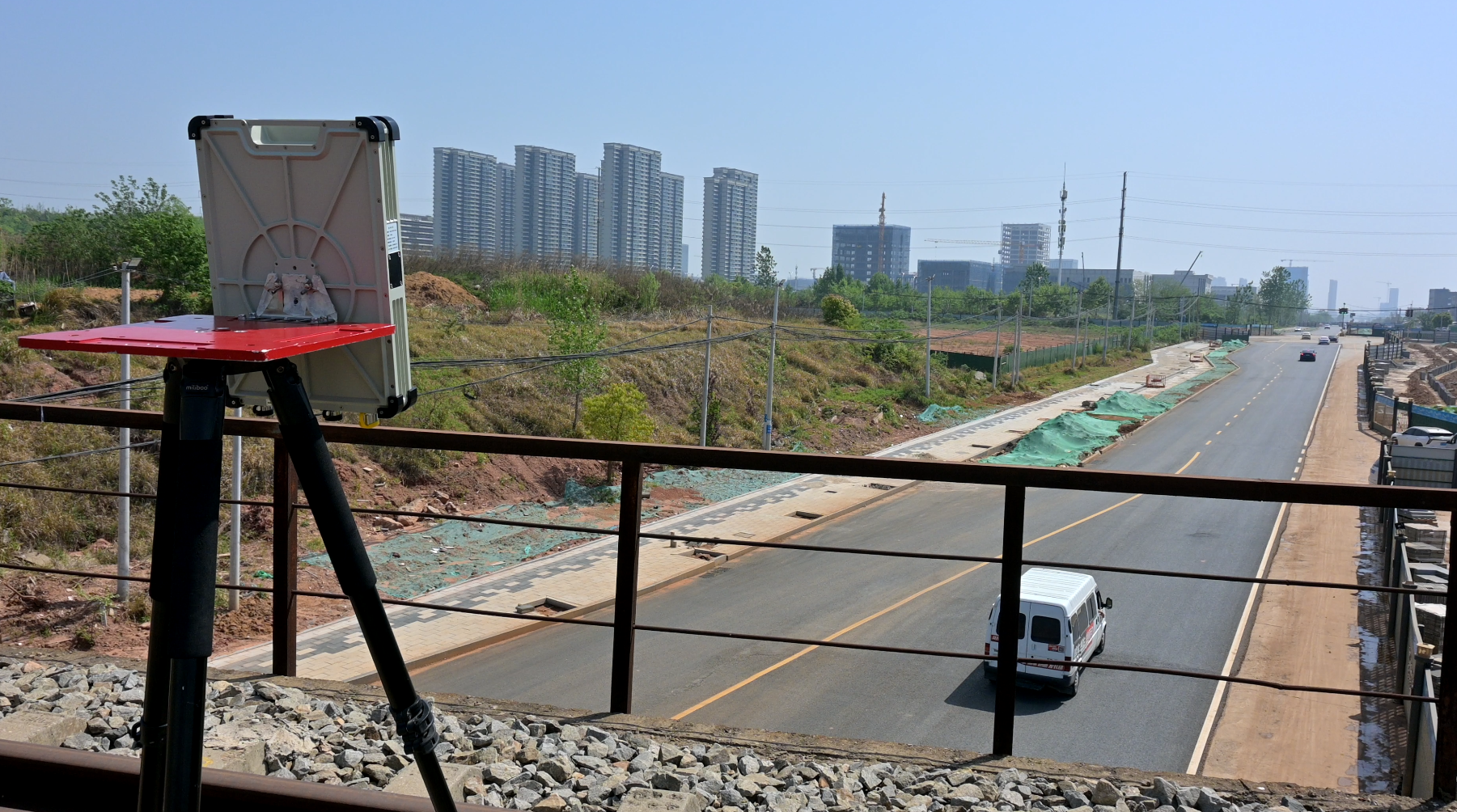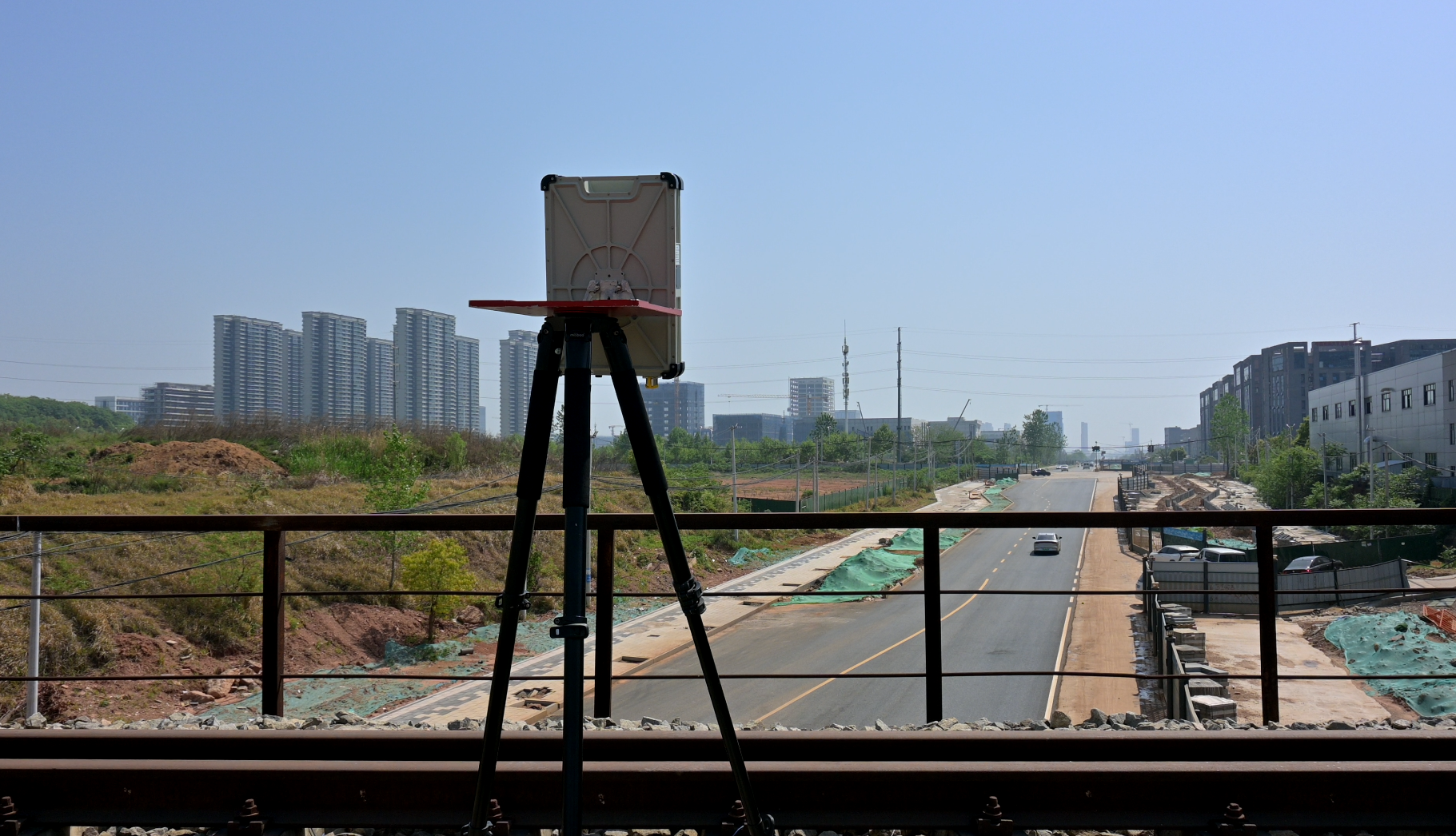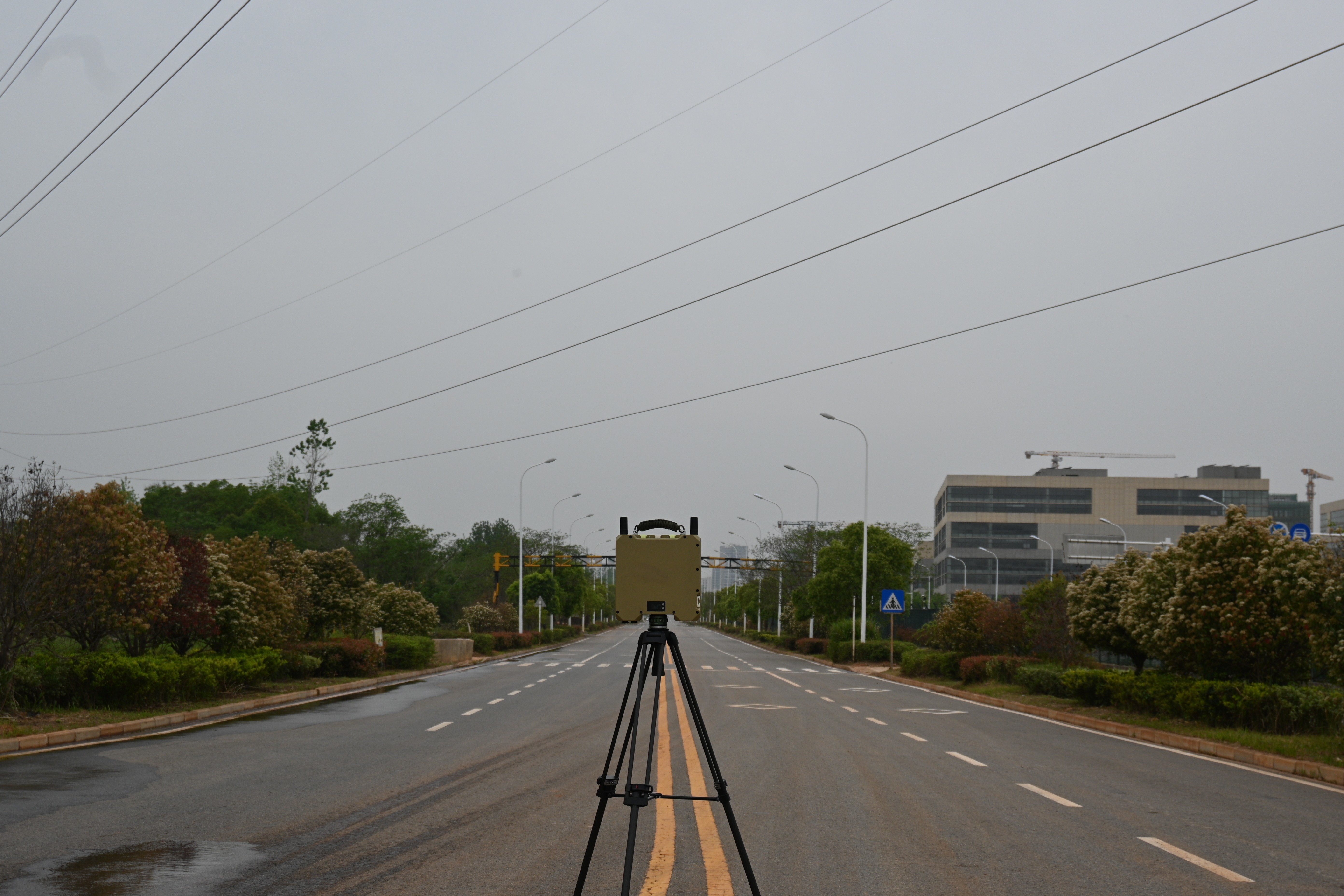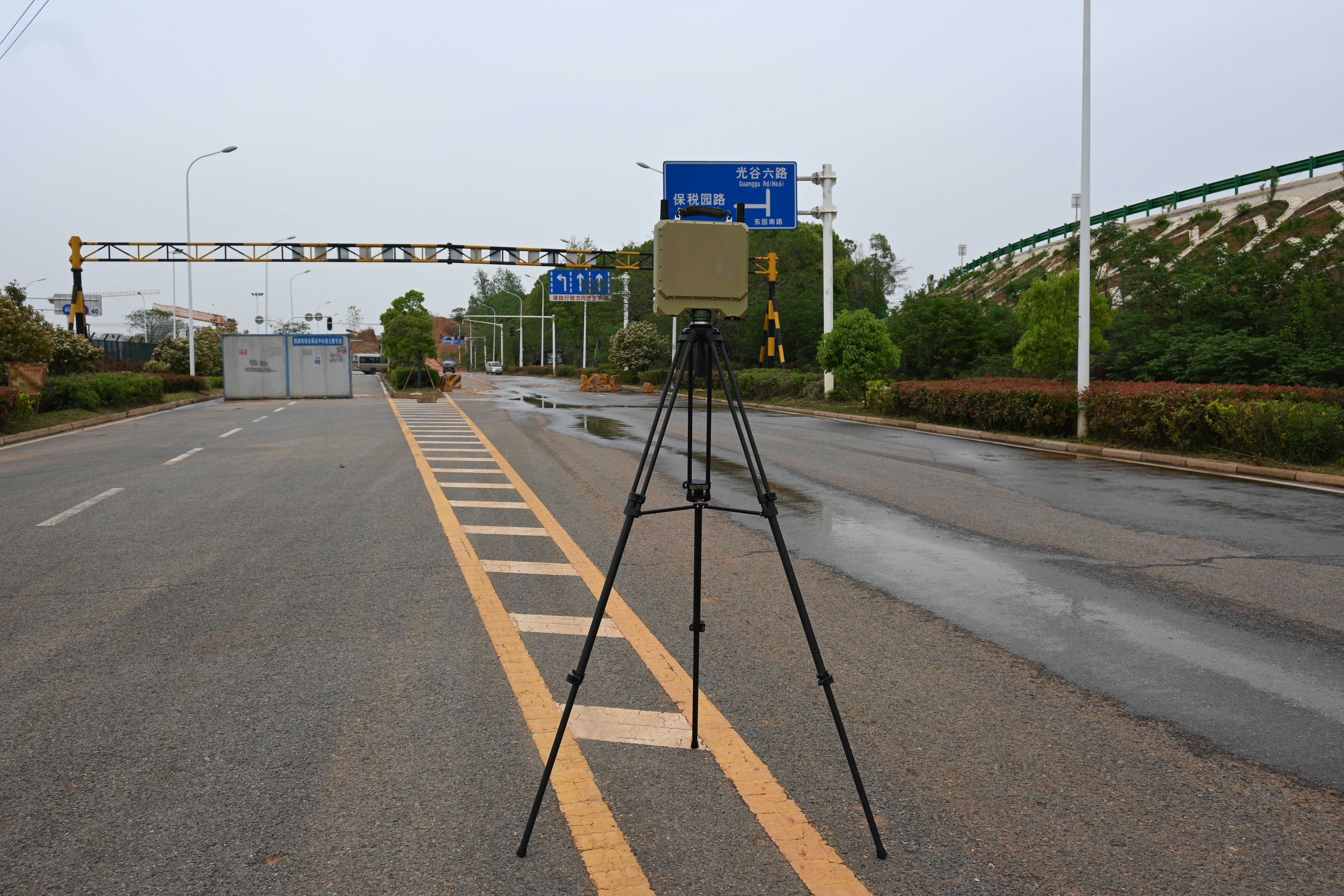Intelligent Transportation Enabled by Ground-Based Security Radar
Release time:
2025-04-18
Traffic signals serve as the "intelligent hub" of urban road traffic, and their control efficiency directly determines the smoothness of urban traffic. Scientifically optimizing signal control strategies is a key breakthrough in solving urban congestion problems. Traditional inductive signal control systems mainly rely on road vehicle detectors to collect data, and only dynamically adjust around motor vehicle traffic, which has significant limitations. In actual operation, this mode often ignores pedestrian traffic needs, leading to an imbalance in the allocation of road intersection resources, and frequent occurrences of human-vehicle conflicts and inefficient phenomena such as wasted green lights.
To this end, this article innovatively proposes a traffic signal optimization scheme based on radar detection technology. By deploying XW/SR215-3200C ground security radar in the middle section of the road and XW/RB101-3100C single-soldier detection and monitoring system at the end of the road, a whole-region perception network is constructed. These devices can accurately and real-timely collect multi-dimensional information of all-element traffic data on the road, including changes in pedestrian and motor vehicle traffic flow, speed, trajectory, and spatiotemporal distribution.
XW/SR215-3200C ground security radar is installed in the middle section of the road to monitor pedestrian and vehicle data

Temporary traffic lights are installed on newly built road sections to maintain traffic order

The newly built municipal roads have not yet been opened, and there are no traffic lights along the entire road section.


With the help of these dynamic monitoring measures, the system can accurately capture the peak and valley characteristics of traffic flow at different times. Based on this, traffic management departments can scientifically adjust traffic light timing schemes, rationally plan the layout of motor vehicle lanes and non-motor vehicle lanes, and achieve more refined control of human-vehicle separation. This intelligent signal control mode can not only effectively improve road traffic efficiency but also significantly improve the pedestrian crossing experience, providing a new technological path for building a safe and efficient urban transportation system.









